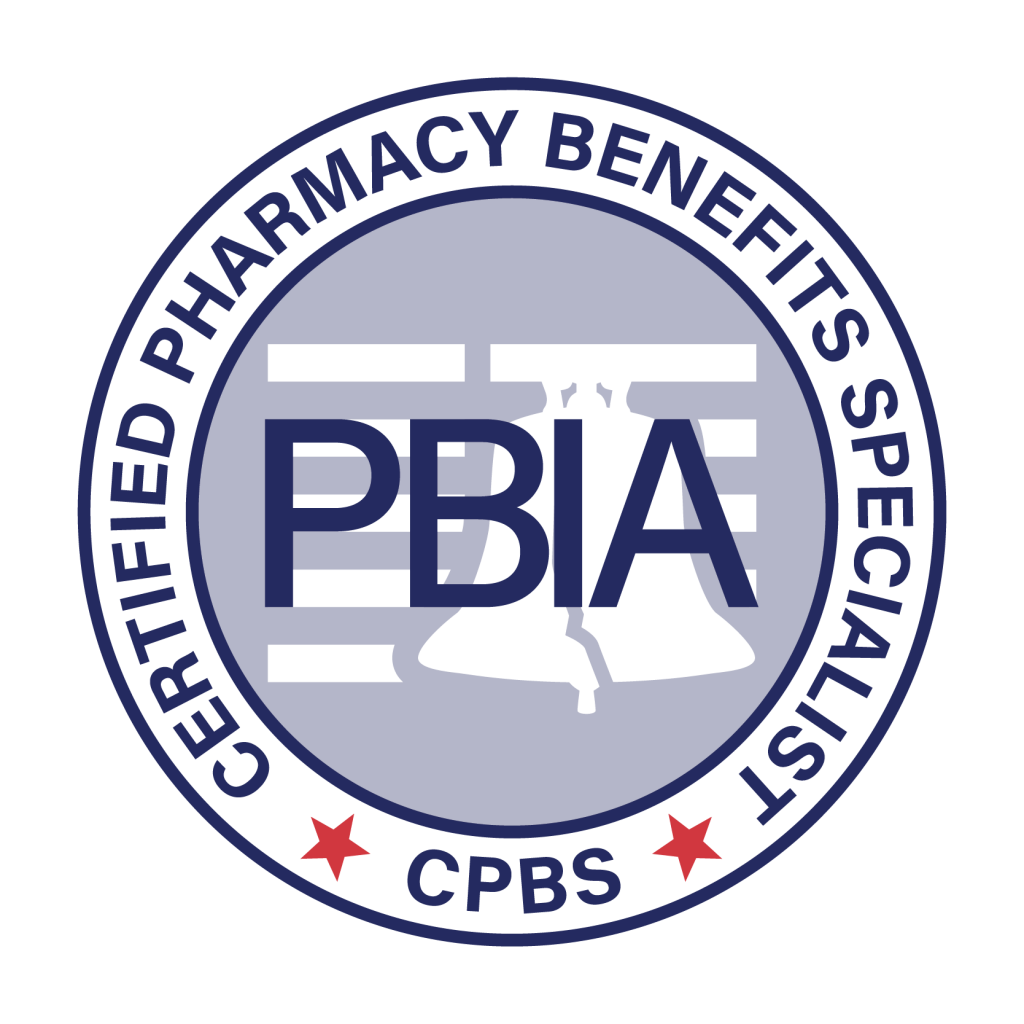6 Payor Tactics to Control Drug Spending and other notes from around the interweb:
- 6 Payor Tactics to Control Drug Spending. Pressure is building to shift to the medical benefit. Plans didn’t historically manage drugs on the medical benefit as strictly as the pharmacy benefit, but now there is increasing economic pressure to do so, Dr. Grant said. Payor strategies here include aggressive site-of-care optimization strategies directing patients to the most cost-effective location to receive medications, and requiring billing through specialty pharmacies, known as bagging strategies, where health systems and physician practices must accept bagged medications from pharmacies to administer to patients. The best option is gold bagging, in which a specialty pharmacy dispenses prescriptions to its own clinics for administration, she said. Some states and professional groups, such as the American Hospital Association, have banned or oppose bagging for its potential disruptions in care.
- Federal Trade Commission and Congress Want to Rein in PBMs – Forbes. Both the Federal Trade Commission (FTC) and Congress want to rein in pharmacy benefit managers (PBMs), as they focus on alleged anti-competitive practices which hinder a properly functioning prescription drug market. Maybe this time a full-fledged inquiry and legislative action will happen, given that there’s considerable bipartisan support. Given the dominant role PBMs play – they’re involved in 90% of prescriptions in the U.S. to one degree or another – they’re able to exert significant control over payment rates to pharmacies, but also patients’ access to medicines and their cost-sharing. FTC Chair Lina Khan has reiterated her desire to have the agency examine possible anti-competitive practices in the PBM industry. This includes spread pricing. Here, PBMs charge an employer or health plan more than they reimburse a pharmacy for a prescription drug and pocket the difference as profit.
- How Pharmacy Benefit Managers (PBM) Make Money – PBM Accountability Project. PBMs derive much of their revenue from collecting a range of service fees and other charges from manufacturers, pharmacies, and other supply chain entities, ultimately driving up the cost of the prescription drugs. A new study by the PBM Accountability project shines a light on the PBM business model, often described as a “black box,” revealing the sources of growth in PBM gross profit between 2017 and 2019.
- $350 Billion in Health Care Rebates Go to Middlemen. In 2021, my company, Sanofi, paid more than $14 billion – about 50 cents of every dollar we earned on our medicines – in discounts and rebates to these middlemen with the purpose of ensuring patients can get the medicines they need at the lowest possible price. We’ve been transparent with this data for several years and updated it in our just released annual Pricing Principles report. Across the entire industry, the figure that was paid by manufacturers in 2021 in rebates and discounts was $350 billion. That’s more money than the NFL made, in total, over the course of Tom Brady’s 22-year career.

